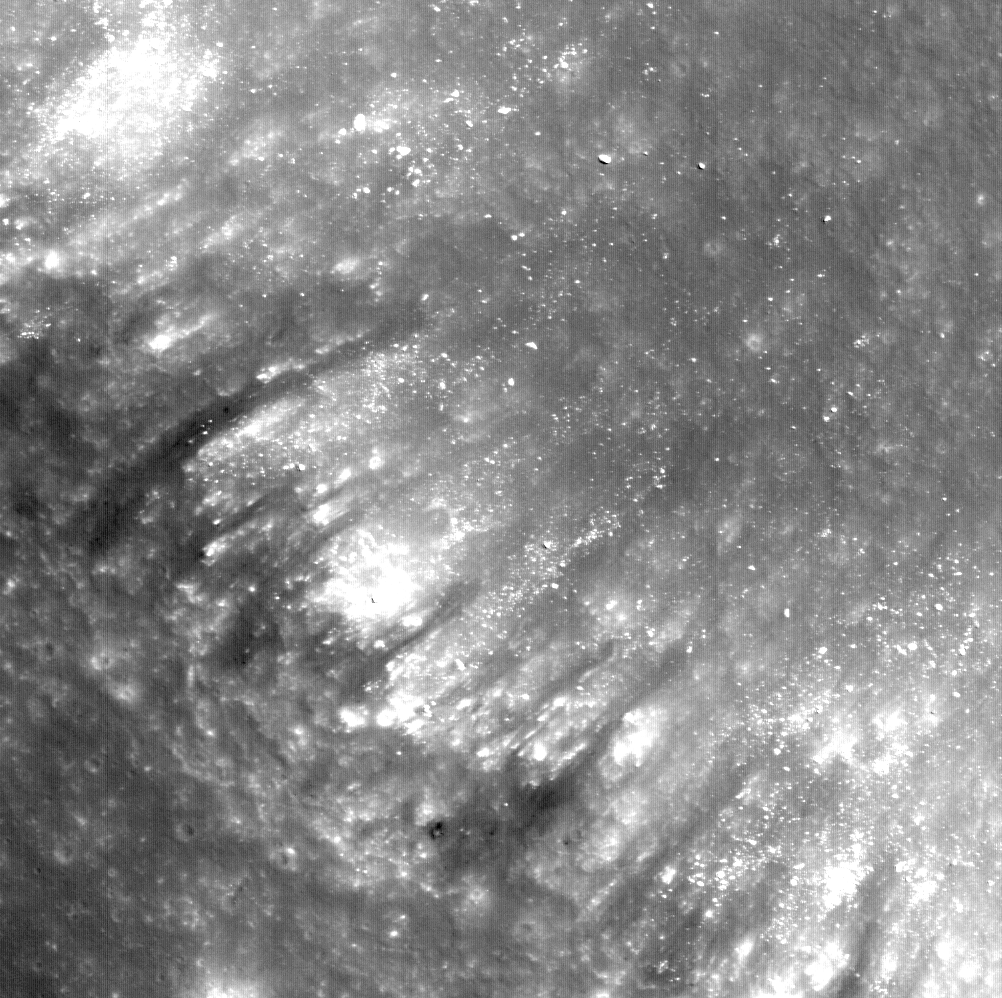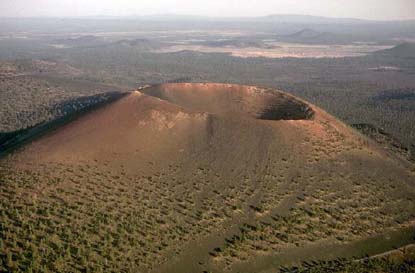
Many fractures on the Moon are seen in the floors of ancient, flat-floored highlands craters. Such fracture networks often encircle all or part of the crater floor, and in some areas they show accumulated deposits of dark volcanic material. This NAC image above (538 m across) shows a portion of one such fracture, located in the northeastern floor of Alphonsus crater. The fracture has been mantled by a dark, fine-grained pyroclastic deposit that appears to have moved down the wall of the fracture (at left) toward the floor (out of view to the upper right). The wall of the fracture is composed of light-colored rocks that are typical of the lunar highlands (mostly composed of anorthosite). Rocks and boulders of this bright material have also moved down the fracture wall; the largest one (near the top, center of the image) is about 8 meters across in its longest dimension. In some areas near the top of the fracture wall, dark boulders and mantling materials are seen. It is likely that this dark volcanic material came from a nearby volcanic vent located along this fracture network.
Pyroclastic deposits such as those observed in Alphonsus crater are formed by violently explosive eruptions of basaltic magma and may have formed in conjunction with massive outpourings of surface lava flows to the west in nearby Mare Nubium. According to Harry Hiesinger and others (2003), the mare deposits in Mare Nubium are ancient, about 3.2 to 3.5 billion years old. If Alphonsus pyroclastic deposits and Mare Nubium were indeed related, then it is likely that the Alphonsus pyroclastic deposits are about the same age. The Alphonsus pyroclastic deposits are sometimes associated with low cones that have symmetric dark 'haloes'; these cones resemble cinder cones or small volcanoes on Earth.

In part because of these fascinating volcanoes in the floor of Alphonsus, this area was considered as a possible landing site for the Apollo 16 and Apollo 17 missions. The Ranger 9 spacecraft impacted in Alphonsus to the northeast of the central peak. Scientific interest in this crater remains high, and so Alphonsus is a high-priority target for the future human and robotic expeditions to the Moon.
Explore the Alphonsus crater Constellation region of interest for yourself!
Published by Lisa Gaddis on 2 April 2010
